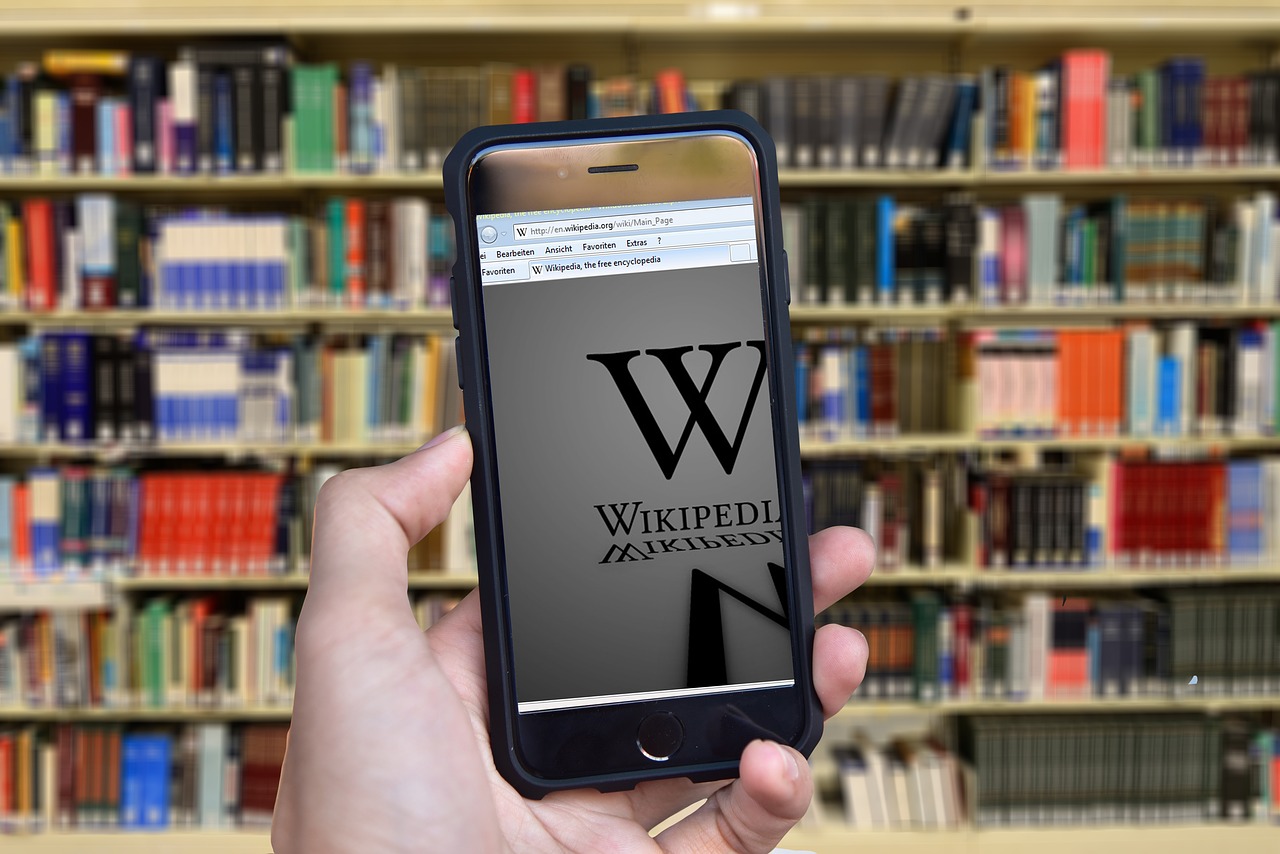Wikipedia Gets a Fresh New Look: Usability at the Forefront

January 31, 2023
What do you mean, Wikipedia updated its interface? And why just now and not before? I mean, it is already quite a few years old.
All this has an explanation
This month, Wikipedia turns 22 years old. The largest collection of open knowledge in history, it has grown enormously in content and popularity in all these years. It has 58 million articles written in more than 300 languages by volunteers from all over the world who edit and manage this free website. A place visited by 16 billion users every month.
And to celebrate their anniversary, they have decided to get their first makeover in over a decade. The Wikimedia Foundation has announced the launch of an updated interface aimed at making the site more accessible and user-friendly. Although to be honest, the changes are not very noticeable, in fact, some users may not even have noticed. What we can say is that some common annoyances have been eliminated.
The Fresh New Look
Among the priorities are the usability and modernization of the Wikipedia experience to make it easier for everyone to access, explore, and share knowledge. The update was made on January 18 on English Wikipedia and is already live on 94% of the 318 active language versions of Wikipedia for all desktop users.
Wikipedia’s new desktop interface
This new desktop interface was designed to meet the needs of this next generation of internet users, making it easier for everyone, to find knowledge that is trustworthy and reliable. Why Wikipedia decides to do this? Well, in 2022, a global digital trends report revealed that the number of people who are not connected to the internet dropped below 3 billion for the first time. So, it is an effective way to maintain it close to the users.
The desktop update introduces a variety of new features:
- A table of contents that helps to provide context on the article and the ability to navigate throughout the reading experience.
- An improved search experience that now advantage images and descriptions that make it easier to find articles on Wikipedia, leading to a 30% increase in user searches according to testing.
- A new still header providing quick access to commonly used links such as Search, Page name, and Sections that move with logged-in users as they scroll. This allows users to focus on reading and editing, and reduces scrolling fatigue, that, decreased scroll rate of more than 15%.
- More prominently-placed language-switching tools that allow multilingual readers and editors to find more quickly their preferred language and switch between over 300 languages.
More than 30 different volunteer groups from all over the world, ranging from India and Indonesia, to Ghana and Argentina, were engaged throughout conceptualization, product development, testing, and rollout. In this way, introduces new tools to improve the existing website experience.
Thanks to global research insights and user feedback.
This collaborative model is unique to Wikimedia projects, which, prioritizes building with users instead of just for them.
The Wikimedia Foundation remains its supports freely available knowledge for communities that have traditionally been excluded from structures of power and privilege, working to break down the social, political, and technical barriers preventing people from accessing and contributing to free knowledge.
The Wikimedia Foundation is collecting feedback from new and existing Wikipedia users to continue developing a desktop experience that meets the needs of the growing global Wikimedia community.



